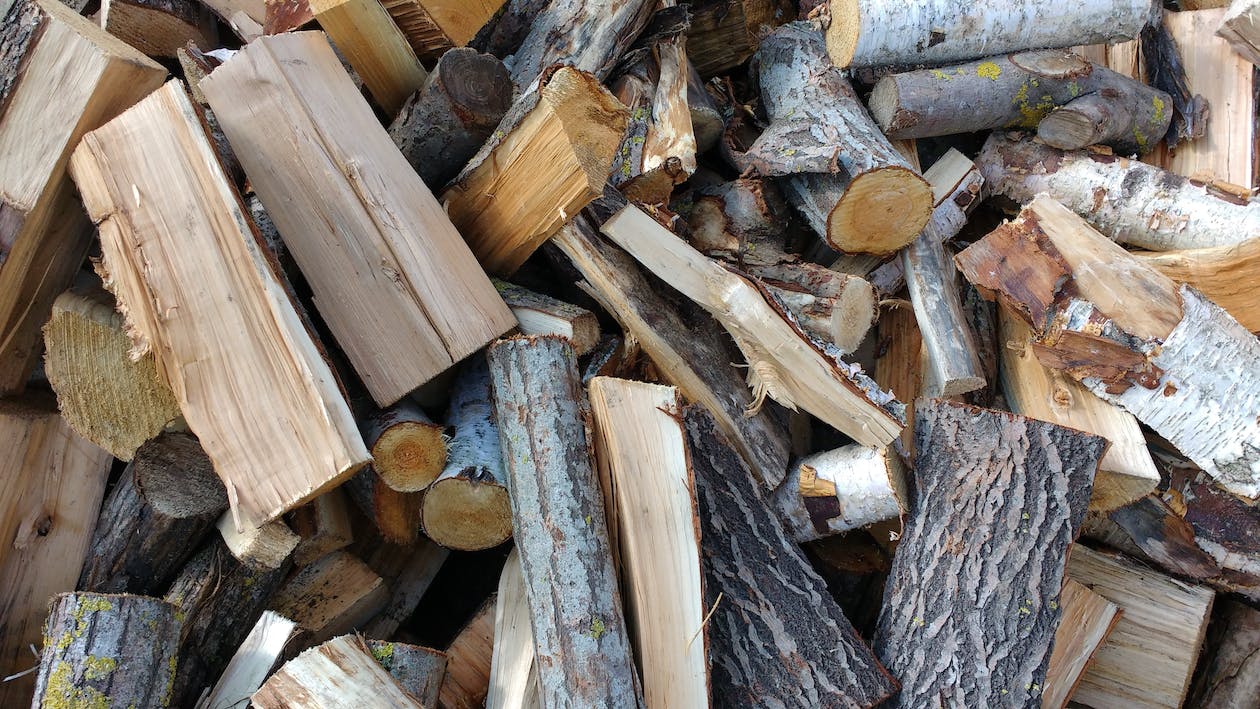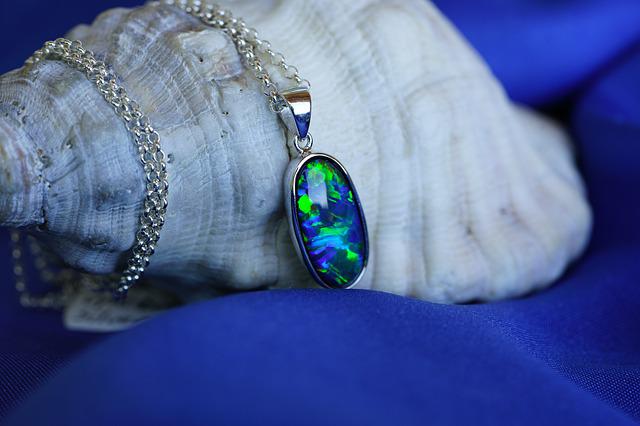Firewood has been a fundamental source of heat and energy for humanity since time immemorial. Whether it’s the crackling flames of a campfire or the cozy warmth of a fireplace, wood burning evokes a sense of comfort and fascination.
But have you ever wondered why wood has the remarkable ability to ignite and sustain a fire?
In this following article, we will delve into the captivating science behind firewood, uncovering the secrets of combustion and understanding why wood burns.
What Makes Wood Burn?
Wood is composed mainly of three elements: carbon, hydrogen, and oxygen. When heat is applied to wood, it undergoes a fascinating chemical transformation known as combustion. Combustion occurs when these elements react with oxygen from the air, releasing heat and producing carbon dioxide and water vapour as byproducts. The process can be simplified into three essential components: fuel (wood), oxygen, and heat. Remove any of these elements, and the fire ceases to exist.
The Role of Moisture in Firewood
Moisture content in firewood plays a significant role in its burnability. Freshly cut wood contains a substantial amount of water, typically referred to as its moisture content. When burning wet or green wood, a considerable portion of the heat produced is used to evaporate the water before the wood can ignite and sustain a fire. This results in a less efficient and smokier burn.
To ensure optimal burning efficiency, seasoned firewood is the way to go. Seasoning involves drying the wood by exposing it to air for an extended period, typically around six to twelve months. Well-seasoned firewood has a moisture content of around 20% or lower, making it easier to ignite, producing more heat, and generating less smoke.
Understanding Combustion: The Chemical Reaction
Combustion is essentially a chemical reaction that occurs between the wood and oxygen. The process can be divided into three distinct stages: ignition, flame propagation, and glowing combustion.
- Ignition
When heat is applied to the wood, it reaches its ignition temperature, causing a chemical reaction to initiate. This reaction releases volatile compounds present in the wood, such as gases and vapours. The ignited gases create flames, marking the beginning of the combustion process.
- Flame Propagation
As the fire spreads across the surface of the wood, it continues to release gases, which further contribute to the flames. The heat generated by the fire causes nearby wood to reach its ignition temperature, leading to a self-sustaining chain reaction. This stage is where most of the visible flames and heat production occur.
- Glowing Combustion
Once the flame propagation stage subsides, the wood transitions into glowing combustion. In this phase, the remaining solid carbon compounds within the wood undergo oxidation. Although the flames diminish, the wood continues to release heat, producing a steady glow of embers.
Factors Affecting Wood Burning
Understanding the science behind firewood and why wood burns can enhance our appreciation for the mesmerizing process of combustion. From the chemistry of wood decomposition to the importance of proper moisture content and oxygen supply, various factors influence the burnability and efficiency of firewood. By selecting well-seasoned Canberra firewood, ensuring proper ventilation, and following safety precautions, we can enjoy the warmth and enchantment of a crackling fire while minimizing environmental impact. So, the next time you cozy up to a fireplace or gather around a campfire, take a moment to ponder the remarkable science at work behind the dancing flames.
Stay warm and enjoy the magic of wood burning responsibly!



